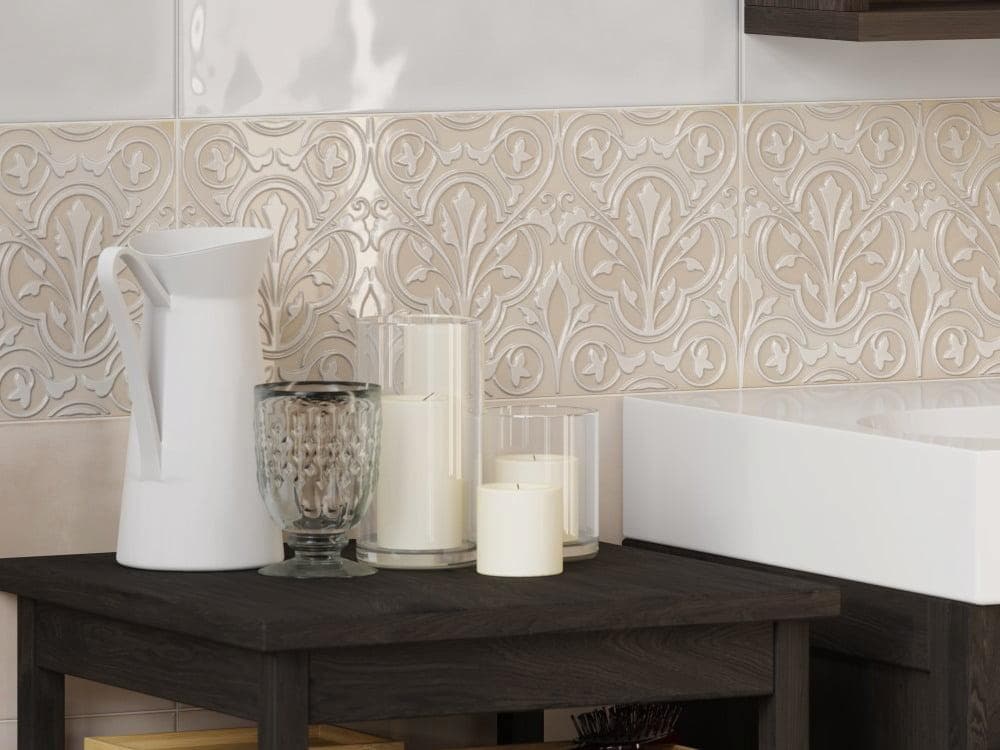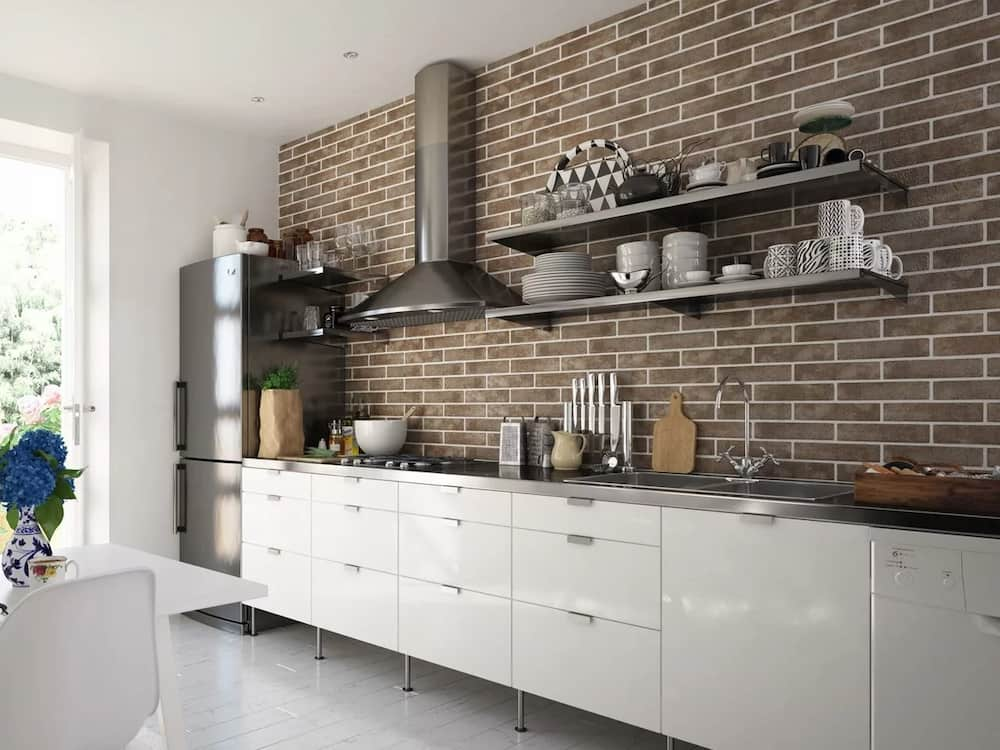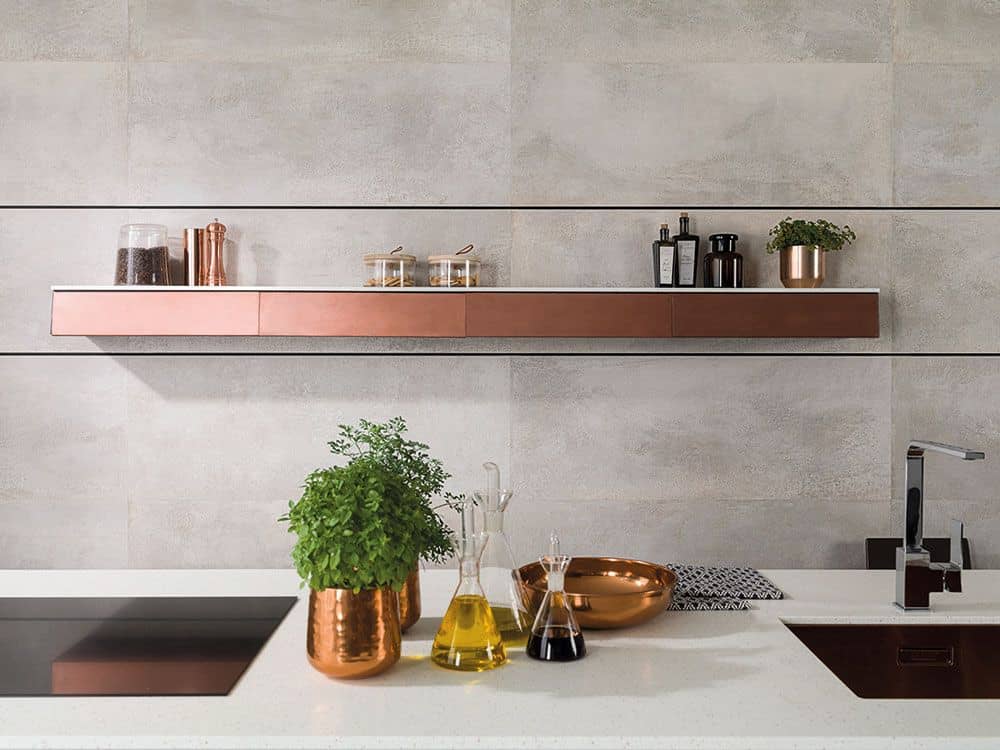In this article, we will talk about tin kitchen and also we talk about backsplash panel.
Then we will provide you with information about kitchen tiles for modern feeling and we give details about how to have luxurious kitchen.
Tin back panel
Tin roof tiles are actually considered an American innovation. They emerged as a cheaper and more durable option in the past when complicated drywall became too expensive to ship.
Like stainless steel kitchen backsplashes, pewter backsplashes offer the benefits of minimal maintenance and durability.
So while tin ceilings were popular and mass-produced in the mid-19th century, they are now a popular choice for interior design and are available in a variety of designs and patterns.
Add a chandelier and other decorations to the space to bring things together and create a more modern and luxurious feel in your kitchen or bathroom.
Are there other places I can use tin tiles? Backsplash tiles also look great in a basement, bar, or other room that needs more light. We encourage you to place one of our metal backsplashes in any room that needs that look of elegance. You can visit our website for other backsplash ideas.

What is the purpose of Backsplash?
Backsplashes are typically a vertical extension of the countertop and are often found in kitchen and bathroom designs. The splash guard can effectively protect the wall from unwanted water splashes from the sink.
The main purpose of the splash guard is performance. The last thing you want to deal with is wall water damage from all the splashing.
Besides protection, there are a few other reasons why you should install a backsplash in your kitchen or bathroom.
Style and design
A good backsplash design can add another layer of style and design to your space and can even be used to complement the rest of the room’s décor. With so many different colors, types, styles, and designs available, your options are endless and you’re sure to find something to suit your current style and décor.
For example, metal backsplashes such as pewter are a healthy choice for the kitchen as they are very easy to clean and offer a relatively cheap and inexpensive option. It is also safe to use behind the stove.
Helps reduce cleaning
While the right backsplash can add style and character to your kitchen or bathroom, it’s also a highly functional addition that can help cut down on cleanup time. Simply wipe the back of the splash with a damp sponge or cloth and you’re ready to go.
You no longer need to clean the wall and worry about damaging the paint.
Eliminate the risk of stains
Plus, when you use a backsplash to protect your kitchen and bathroom walls, you also minimize the risk of your walls getting dirty and dirty.
Without a sprinkler head, you can face water damage, an increased risk of mold and mildew growth, and food stains and liquid splashes.
A backsplash effectively seals and protects the walls below the tile and, when properly sealed, will be impervious to moisture.
Affordable
Tin tiles are relatively inexpensive and are a great material for any bathroom or kitchen.

Nice DIY project
Tin tiles are also a good DIY project because they are easy to install. When you factor in the cost of materials and the cost you can save on installation, you’ll see significant savings.
Choosing the Right Backsplash
Choosing the right backsplash can be a big decision and you should take the time to do your research.
There are a lot of decisions to make during this process, so here are some tips to help you along the way:
- There are many different materials for backsplashes, including glass, ceramic, porcelain, pewter, and more. The most important thing to consider when deciding which one to buy is the price of the backsplash.
- There are several popular types of backsplashes, including diagonal backsplashes, laser cut backsplashes, and subterranean mosaic backsplashes. You need to find the style, the piece and the color that best suits your style and decoration
- When deciding on the height of your backsplash, you’ll probably prefer the standard counter height measured from the table to the kitchen cabinets. However, if you want to make more of a statement and a focal point for a space that goes beyond standard counter and cabinet sizes, you can opt for a full-length backsplash.
Installation of splash guard panels
When installing a kitchen backsplash, be sure to plan your design, determine your desired height, and then calculate the total number of materials you’ll need.
Before using a kitchen backsplash, thoroughly clean the wall and apply construction adhesive and grout according to the manufacturer’s instructions, making sure to measure and cut the tiles correctly before installing.
Here is a list of some of the tools and materials you may need for installation:
- tin tiles
- construction glue
- clear silicone sealant
- Tin pieces or scissors
- Measuring tape
- Safety glasses
- Index finger
- level
After preparing the area, measure and cut the tile. You can then lay the mosaic panels on a flat surface and write down your measurements before starting the installation. Use a level or ruler to draw a line between your measurement marks.
You can use tin pieces or scissors to cut along the line.
Because the edges can be sharp when cutting tile, it’s best to wear heavy-duty gloves when working.

Use your construction adhesive to bond the tiles to the wall.
Press the tile firmly into the wall, overlapping the edges as you add more tile. Press all the overlaps together and remove any construction adhesive that may be sticking out behind the tiles.
Silicone caulk can then be used to seal the joints where the tile meets the table.
Keep your splash guard box clean
Now that you’ve installed your new tin back panels, it’s time to find a maintenance routine that works for you. One of the biggest advantages of tin roof tiles is that they require minimal maintenance.
Wipe grease or oil off the sprayer’s back using a moist cloth or sponge and liquid detergent.
Avoid ammonia, bleach, and acidic cleansers like vinegar and lemon juice. These cleansers can damage new tile finishes.
Avoid solvents like alcohol and acetone on tin tiles that are more sensitive. If you’re unsure, examine the manufacturer’s suggestions for cleaning your new tile backsplash.
Weekly dish soap and warm water cleaning keeps tile backs looking new. To keep pewter shiny, polish it with a thin wax covering. Carefully. Wax can attract grime and discolor tile.










Your comment submitted.